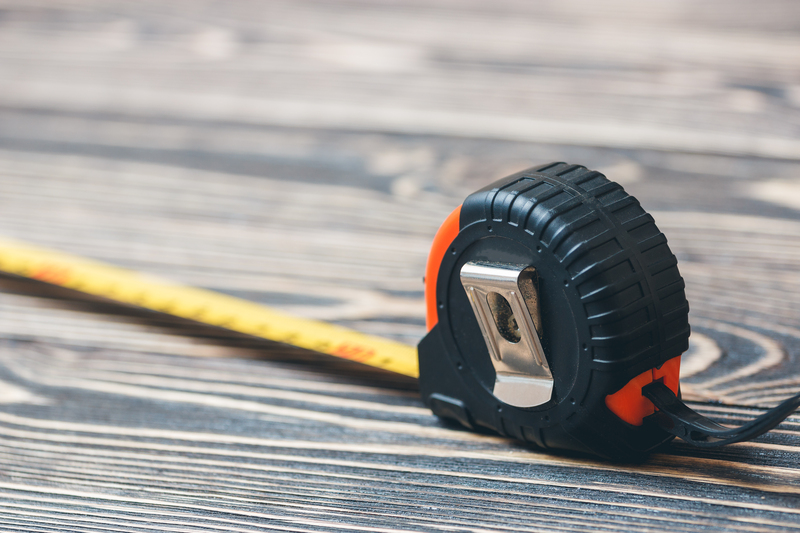Understanding the Complexities of Piano Moving and Avoiding Common Mistakes
If you own a piano, you already know it is not just another piece of furniture--it's a musical instrument full of sentimental value, delicate mechanisms, and significant financial investment. When the time comes to relocate a piano, many people underestimate the complexities involved. Piano moving requires more than brute strength; it demands expertise, careful planning, and specialized equipment. In this comprehensive guide, we will delve into the intricacies of piano transportation, highlight common errors, and explain how you can sidestep them for a smooth, damage-free move.

Why Moving a Piano Is So Challenging
- Heavy and Bulky: Pianos are exceptionally heavy, often weighing between 300 to 1,200 pounds.
- Irregular Shape: Their awkward size and shape make gripping and lifting difficult.
- Delicate Structure: Inside a piano, thousands of intricate parts--including hammers, strings, and keys--make up a fragile whole.
- High Value: Both financial and sentimental value make pianos irreplaceable for many owners.
Whether you're moving an upright piano through a narrow doorway or transporting a grand piano down a winding staircase, the risks are high. Even small missteps can cause irreparable harm to both the instrument and the property.
Types of Pianos and Their Moving Challenges
- Upright Pianos: Typically weighing between 300 and 500 pounds, they are tall and narrow, making navigation through tight spaces a challenge.
- Grand Pianos: These range from 500 up to over 1,200 pounds with widths up to 7 feet. Moving requires disassembly and significant care.
- Console and Spinet Pianos: Smaller but still cumbersome, their delicate action and legs can easily be damaged if mishandled.
Common Mistakes When Moving a Piano
It's easy to underestimate the moving process. Here are some of the most frequent errors individuals and inexperienced movers make:
- Using Inadequate Equipment: Skipping out on proper piano dollies, padding, and straps increases the risk of injury and damage.
- Insufficient Manpower: A piano move is not a one-person job. An inadequate number of helpers can lead to accidents.
- Poor Planning: Not measuring doorways, pathways, or stairs beforehand can turn a simple move into a nightmare.
- Improper Lifting Techniques: Lifting a piano incorrectly can hurt both movers and the instrument itself.
- Neglecting Interior Structures: Assuming a piano is as durable as a bookshelf can result in broken keys, cracked soundboards, and misaligned strings.
Overlooking Environmental Factors
Temperature, humidity, and even slight bumps can impact a piano's structure and tuning. It is a common mistake to overlook:
- Humidity & Climate: Drastic changes can warp wood or affect the piano's tone.
- Vibrations: Strong vibrations during transit can knock strings out of tune or jar internal components.
- Sharp Turns: Corners and stairs are hazardous without careful maneuvering.
Preparations for a Safe Piano Move
Minimize risks by investing time in preparation. Here's what to do before starting the moving process:
1. Assess the Piano's Specific Needs
- Identify your piano's exact type and dimensions.
- Determine its weight (often indicated in manufacturer documents).
- Locate vulnerability points--legs, pedals, and edges are especially fragile.
2. Plan Your Route Thoroughly
- Measure all doorways, stairwells, and hallways.
- Map out the entire route from starting point to end destination--including elevator checks if necessary.
- Remove obstacles like rugs, furniture, or art from the move path.
3. Gather Proper Equipment
- Piano dollies or skids designed for heavy loads.
- Heavy-duty straps and moving blankets.
- Cushioning for delicate edges and pedals.
- Protective gloves for movers.
4. Secure Sufficient Help
- Recruit at least 3-4 strong helpers for an upright piano--more for a grand.
- Clearly communicate your plan and assign roles in advance.
- Consider hiring professional piano movers if feasible.
5. Protect Your Home and Piano
- Use padding on door frames and walls.
- Cover floors along the moving path to prevent scratches or dents.
- Wrap the piano in multiple layers of moving blankets.
Step-by-Step Guide to Moving a Piano Safely
A systematic approach significantly reduces risks. Here is a detailed guide to ensure a secure move for your cherished instrument:
1. Disassemble (If Necessary)
- For grand pianos: Remove the legs, pedals, and music stands. Protect each part with blankets and label for easier assembly.
- For upright pianos: Most exterior parts stay attached, but wrap pedals and keys securely.
2. Secure the Piano's Structure
- Close and lock the keyboard lid to prevent key damage.
- Use thick blankets to wrap the body tightly; fix them with straps, not just tape.
3. Lift Carefully and Evenly
- Lift the piano evenly--never from one side alone.
- Keep the instrument upright; tilting can disrupt internal structure.
- Always bend your knees, not your back, when lifting.
4. Roll--Don't Drag
- Use a piano dolly or skid board to roll the instrument--never drag it across the floor.
- Go slowly, using spotters at tight corners and doorways.
- Lift the piano off the dolly carefully when loading onto the truck or trolley.
5. Transport with Care
- Use a vehicle with a lift gate; ramps are less stable.
- Keep the piano upright and well-padded during transit.
- Secure the instrument to prevent sliding or tipping.
6. Unloading and Placement
- Reverse the loading process with equal care and personnel.
- Place the piano away from heat sources or exterior walls to avoid climate shifts.
Why Hire Professional Piano Movers?
Even with solid preparation and muscle, many risks remain. Professional piano movers offer these advantages:
- Expertise: Trained movers understand the finer points of disassembly, lifting, and reassembly.
- Specialized Equipment: Pros come equipped with high-grade dollies, harnesses, and padding materials.
- Insurance: A reputable company will carry insurance for accidents or damage--peace of mind for owners.
- Efficiency: Experienced crews move your piano more swiftly, minimizing your disruption.
- Avoiding Injury: Pianos have caused countless back injuries among amateur movers. Letting professionals handle the load reduces your risk.
Additional Tips for Successful Piano Relocation
- Tune After Moving: Vibration and movement will knock most pianos out of tune. Have yours professionally tuned a few weeks after settling in.
- Inspect for Damage: Immediately check legs, pedals, keys, and surface finish for nicks or cracks after the move.
- Keep It Upright: Never lay a piano on its back or side longer than necessary.
- Climate Control: Sudden humidity or temperature changes can harm your instrument. Place a hygrometer in the room and control environment as best possible.
- Document Everything: Take photographs before, during, and after the move for insurance purposes.
What to Ask Your Piano Moving Company
- Are movers fully insured and bonded?
- Can they provide references from other piano owners?
- What equipment will they use for your piano's specific type?
- Is the cost estimate all-inclusive, with no hidden fees?
- How do they handle unexpected situations--tight corners, stairs, restricted access?

The Value of Proper Piano Moving
In the end, undertaking a piano move isn't simply about logistics--it's about preserving a valuable work of art. A piano's tone, finish, and internal mechanisms are sensitive to movement, temperature, and humidity. Avoiding common mistakes during a piano move helps protect decades of music and memories.
- Don't rush the process. Take time to measure, plan, and communicate.
- Never skimp on equipment. Use only the best pads, dollies, and straps available.
- Know your limits. If in doubt, contact professional piano moving services.
Understanding the complexities of piano moving and avoiding common mistakes is the key to ensuring your treasured instrument continues to bring music to your life for generations to come. Be proactive, stay informed, and always put your piano's safety first.
Conclusion
Relocating a piano may be complicated, but it isn't impossible. By recognizing the challenges, equipping yourself properly, and learning from common mistakes, you dramatically increase your chances of a safe and successful move. Whether you choose to hire a professional piano moving company or handle the project yourself, preparation and care are non-negotiable. Protect your investment and your memories by following this guide to piano moving--your instrument will thank you with years of beautiful music.